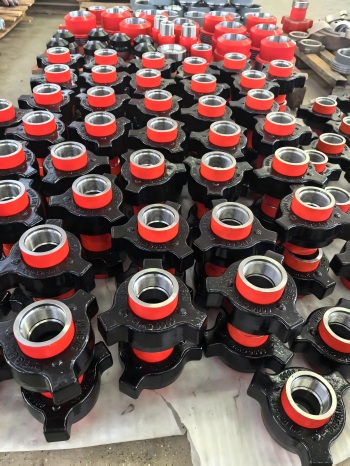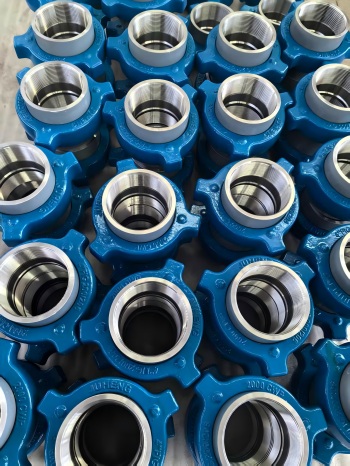Casing While Drilling
Casing while drilling is a technical method that combines casing running(casing) with drilling operations(drilling). It combines the two previously separate processes(drilling the wellbore first and then casing running) into one. That is, the casing itself is used as the drilling tool to be lowered into the well, and the casing is lowered while drilling is progressing, thereby improving efficiency and reducing risks.
Technical Principle
Drill bit installation method
A specialized drillable/retrievable drill bit(usually a cement drill bit, a drill shoe, or a retrievable drill bit) is installed at the bottom of the casing, allowing the casing to cut the formation like a drill string.
Power Transmission
The casing is connected to the drilling rig’s rotary system(top drive or rotary table), which circulates drilling fluid to cut, carry cuttings, and cool the drill bit.
Continuous casing running
Casing is run simultaneously into the wellbore during drilling, eliminating the need to run casing after a section is drilled, as with traditional methods.

Key Advantages
Shortened construction time and reduced costs
Combining drilling and casing running reduces the time required for each well section.
Avoiding the risk of wellbore collapse
Casing is immediately installed during drilling, providing immediate support for the wellbore, making it particularly suitable for loose, collapse-prone formations.
Reduced lost circulation and downhole accidents
Casing directly isolates the wellbore from the formation, reducing the likelihood of complications such as lost circulation, stuck pipe, and reduced borehole diameter.
Improved wellbore quality
Because casing is installed simultaneously during drilling, wellbore quality is improved, making subsequent cementing operations easier.
Applications
Drilling in complex formations: such as those prone to collapse and loss of circulation
Coalbed methane and shale gas wells: Shallow formations are fragmented and unstable
Accelerating shallow drilling: used in surface casing sections to quickly penetrate complex surface formations.


